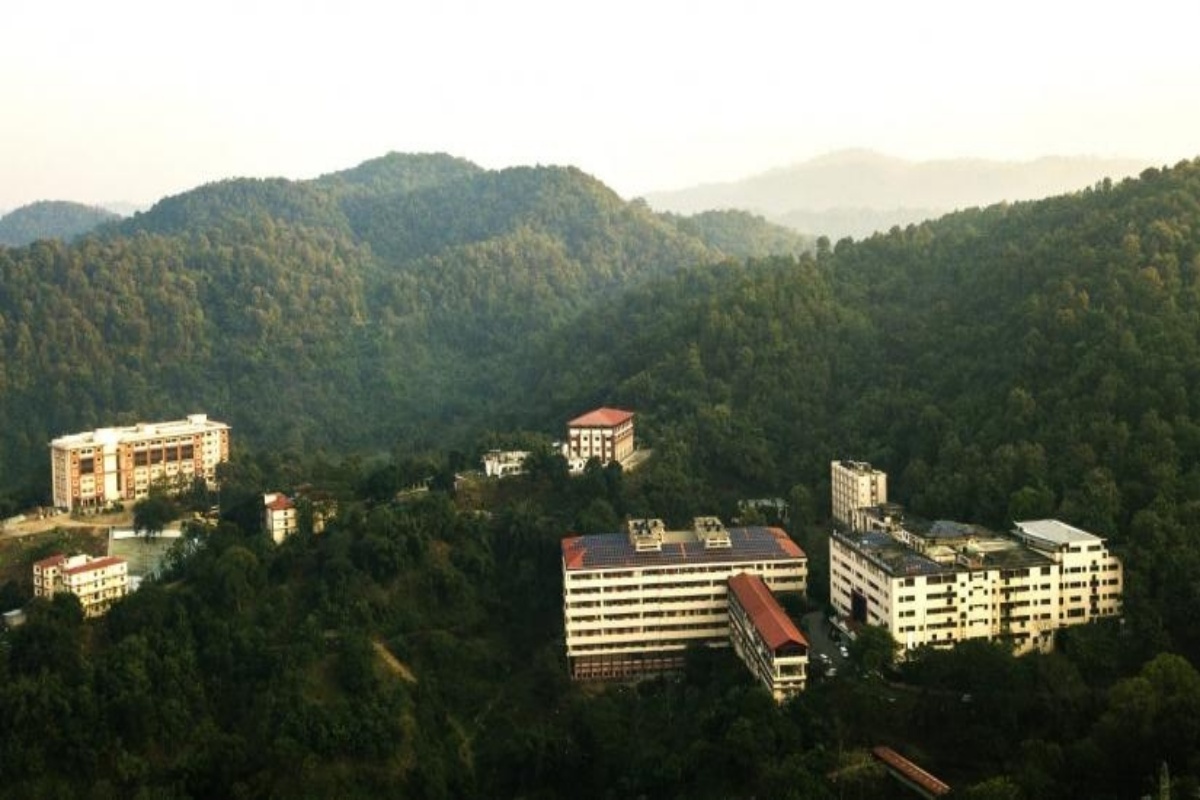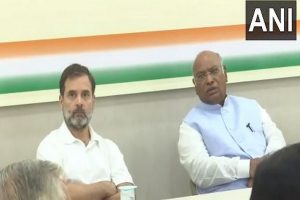The claims are unfounded as when there is additional financial liability to the Consolidated Fund of the State, it becomes a money bill as per the definition under Article 199 of the Indian Constitution. Since the Bill proposes to increase the number of District Councils (DC) from six to 10, there is bound to be additional financial liability and thus it has to be a Money Bill. It is a small Bill in the sense that the proposed amendment is to only three sections of the Principal Act. However, there ought to be a proper public debate on the proposed amendment.
The first proposed change is from the existing provisions of having not more than six autonomous districts; it was to be changed into 10 autonomous districts in sub-section (1) of section 3. The time is ripe for deletion of the term “autonomous” which has created serious misunderstanding due to its varied interpretations.
Manipur was a single district Union Territory till 1969, and it was only by the order of the then Chief Commissioner vide Order No. 20/39/69-D dated 12.11.1969 which was published in Gazette Extraordinary No. 196-E164 of the same date that it was divided into five revenue districts, namely North, South, East, West and Central. In the central district, three subdivisions namely Chakpikarong, Chandel and Tengnoupal were included.
Advertisement
When the Manipur (Hill Areas) District Council Act, 1971 was enacted by the Parliament, it was meant to have six autonomous districts for the purpose of this Act and for each autonomous district there shall be a DC. The DCs proposed are in the North, South, East and West besides Sadar Hills which was part of North District and the three subdivisions of central district that is Chakpikarong, Chandel and Tengnoupal. The term autonomous is used to indicate that the autonomous districts are separate from the revenue districts. In the body of the Principal Act, the term “autonomous” was not put in front of the term “District Council” though an effort was made in the Seventh Amendment Bill, which was referred to the Hill Areas Committee.
By amending section 3 (1) that every Revenue District in the Hill areas will have a District Council, in the future also when there is any increase in the districts it will not entail amendment in the District Council Act and the misinterpretation will also go. The proposed amendment to section 4 is a bit complicated. In the Principal Act, the number of members of all the DCs is similar for both of those who were to be elected on adult suffrage and those nominated by the Governor. Now the number of the elected members will range from 24 to 3, though the nominated members will be constant at 2.
Thus, the number of members of the DCs will range from 5 to 26. The Government was empowered to notify the number of members for the DCs from time to time. This is likely to create a sense of discrimination among the DCs and in the event of a DC with only 5 members, the elected ones will be at a disadvantage as their number is higher by only one over the nominated ones. The minimum number laid down for the elected members of three is too less and perhaps it was taken with Pherzawl district in mind.
The minimum number of members should have been kept at a double digit figure, say 10 or 12, with 2 nominated. In the Municipalities, some of which are very small the minimum number does not fall below 8, if it was recalled correctly. It is not necessary that constituencies across the DCs will have roughly equal numbers of voters. The uniformity of the number of electors can be maintained for each district.
The reason why Pherzawl became the smallest district in terms of population is the decision of the government to transfer lock, stock and barrel Thanlon sub-division from Pherzawl to Churachandpur. At the time of creation of new districts in 2016, Pherzawl district comprised of Pherzawl, Thanlon, Vangai and ParbungTipaimukh sub-divisions and any dispute to the boundary was to be decided by a District Boundary Commission headed by a retired Judge of the High Court, with Administrative Secretaries of Home, Revenue and Tribal Affairs & Hills as members.
However, vide Government Notification No DTO-103/1/2021-REV-REVENUE dated January 6, 2022, just before the Model Code of Conduct came into effect from 8 January 2022, and which was published in Gazette Extraordinary No 337 on the next day; Thanlon Sub-division was transferred from Pherzawl to Churachandpur, which by itself is a much bigger district in terms of population. This order also directs that the Additional District Commissioner office of Churachandpur shall be transferred from Guite Kual to Mualmuam Village. This indicates that the transfer is not due to administrative reasons but political reasons.
While selecting the headquarters of various offices, the location and the capacity need to be looked into else it will be like the headquarter of Henglep Subdivision where officers and staff hardly stay due to various constraints including transport, accommodation and small size population to support the moving population. It is unclear whether such an aspect was considered while passing the orders and whether the District Boundary Commission was consulted formally.
There were rumours that the transfer was made as 75 per cent of the population expressed their willingness to change the district. If this is so, the question is will the state government transfer any village from one district to another if 75 per cent of the population desires? The amendment to Section 27A which was inserted by the Third Amendment Act of 2008 was necessitated due to the proposed changes in section 4.
As per the existing provision, there shall be an Executive Committee (EC) with a Chairman, Vice Chairman and five other members but when the DC has only five members, including two nominated members who has all the rights of being a member similar to those of the elected ones, the number of the EC has to be reduced and this is exactly what the proposed amendment does.
The corollary is that in a DC where the total members is five, the chances of a nominated member becoming the chairman and vice-chairman is high and when three members are in the EC, including the chairman and the vice chairman, the remaining two members will have very limited say in development works in the district to be taken up by the DC, and thus they will be marginalised.
For check and balances, the number of members who are not in the EC must be higher than the number of members of the EC. The DC Act is a serious piece of legislation with the intent to provide self-government in the hill areas and any amendment should have better be placed before the public for their views and comments and those views and comments ought to have been considered.
Thus, there are objections to the Amendment Bill though the point of objection is unclear and most of the objections are based on the fact that the Bill prepared by the HAC should have been introduced rather than tinkering with the existing Act.
The above Paragraphs indicate the weaknesses of the proposed amendment. However, the misinterpretation of the term autonomous needs to be removed and whatever power felt needed to be handed over can be incorporated even without this term. The term autonomous district to repeat means independent of the revenue districts and has nothing to do with the autonomy from the state, which many attempts to interpret thereby leading to misunderstanding, resulting in the HSAC even preparing a draft Bill.
The power given in the 1972 Presidential Order must invariably be included and whatever addition the House desires to give may also be given, at least not less than those given to the Zilla Parishad. The time is also ripe to think whether towns and cities in the hill areas should continue to be under the DCs or whether the urban local bodies need to be set up.
Only with ULBs can there be a systematic growth in the urban character and with rising population with time, urban bodies need to come up. A proper debate can bring in understanding and provide for laws to usher in innovations. Mere passing of the law is not the answer, it needs to be implemented. Manipur has passed many laws which are good on paper but are as yet to be implemented on the ground thereby negating the whole exercise. Examples are the Paddy Conservation Act, the Flood Zoning Act, etc
Advertisement












